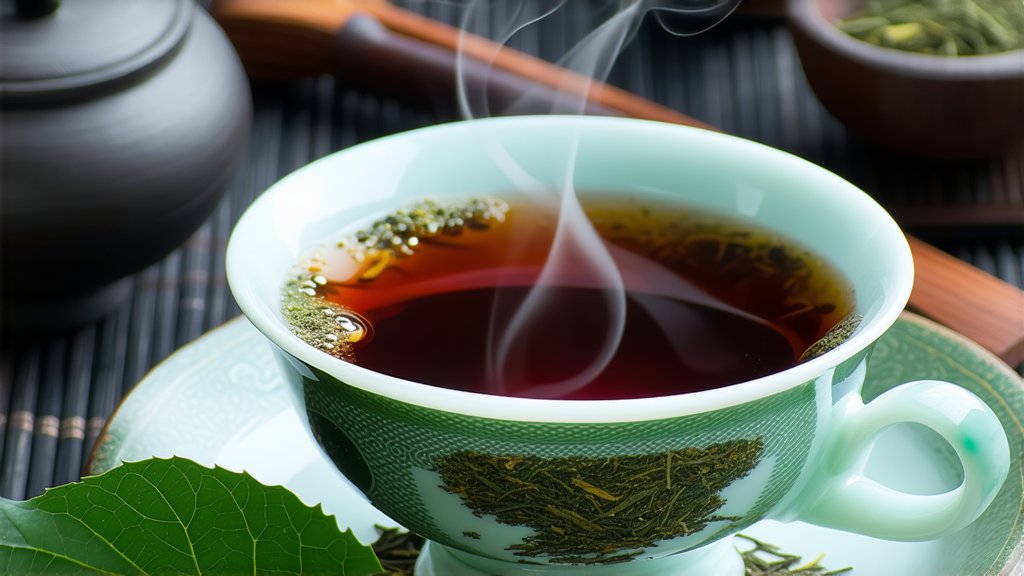
In the vast and diverse landscape of Chinese tea culture, few varieties hold as esteemed a position as Keemun black tea. This exquisite brew, hailing from the picturesque mountains of Anhui province, has captivated tea enthusiasts worldwide with its rich history, unique flavor profile, and intricate production process. As we embark on this journey through the world of Keemun, let us delve into its origins, explore its various types, uncover the artistry behind its creation, and learn the subtle art of its appreciation.
A Glimpse into History
The story of Keemun tea traces back to the Tang Dynasty (618-907 AD), when it was first cultivated in the Huangshan Mountain region. However, it wasn't until the Qing Dynasty (1644-1912) that Keemun gained international recognition, particularly during the late 19th century. It was then that the tea found its way to Britain, where it became a favorite among the British royalty and elite, earning the nickname "Keemun" after the port of Qimen, from which it was exported. This association with nobility and refinement further cemented Keemun's status as a symbol of luxury and sophistication.
Varieties of Keemun
Keemun black tea is not a monolithic entity but rather a family of teas, each with its own distinct characteristics. The primary types include:
-
Huangshan Maofeng: Often considered the pinnacle of Keemun production, this tea features tightly rolled leaves with a downy tip, reminiscent of a mountain peak shrouded in mist. Its flavor profile boasts a harmonious blend of sweetness, floral notes, and a hint of smokiness.
-
Xianzhi Xiang: Known for its pronounced aroma, this variety emphasizes the fragrance of fresh apricots or orchids, making it a delight for scent enthusiasts. The taste is light yet complex, with a lingering sweetness.
-
Dianhong Gongfu: A more robust interpretation of Keemun, Dianhong Gongfu offers a fuller body and stronger flavor, often described as having malty undertones complemented by fruity and spicy accents.
-
Mengding Ganlu: While not strictly a Keemun, Mengding Ganlu shares similarities in its processing and is sometimes grouped within the broader category. It is characterized by its golden-yellow liquor and a taste that balances sweetness with a touch of astringency.
The Art of Crafting Keemun
The magic of Keemun lies not only in its ingredients but also in the meticulous craftsmanship involved in its production. The process begins with the careful selection of young tea leaves and buds, typically harvested in early spring when they are at their most tender and flavorful. These are then withered under the sun to reduce moisture content and initiate oxidation.
Next comes the rolling stage, where skilled artisans twist the leaves to release their essential oils and juices, forming the characteristic tight curls. This step is crucial for developing the tea's unique aroma and flavor. After rolling, the leaves undergo oxidation, a controlled process that transforms the green leaves into their dark brown hue while enhancing their complex flavors.
Finally, the tea is dried to remove any remaining moisture, ensuring stability and longevity. Each step requires precision, patience, and a deep understanding of the tea's nature, making Keemun a true testament to the tea master's artistry.
Savoring the Golden Elixir
To truly appreciate Keemun black tea, one must engage in the ritual of tea tasting, or "nosing and tasting," as it's known in Chinese tea culture. Begin by observing the dry leaves—their shape, color, and aroma offer clues about the tea's quality and expected flavors. As you brew the tea, notice the transformation of the leaves, how they unfurl gracefully in the water, releasing their essence.
When sipping Keemun, pay attention to its mouthfeel—how it coats your palate, the texture, and the aftertaste. A good Keemun should have a smooth, velvety texture with a lingering sweetness that invites another sip. The complexity of flavors should unfold gradually, revealing layers of floral, fruity, and sometimes even spicy notes, depending on the variety.
Remember, tea tasting is a personal experience, influenced by individual preferences and moods. There are no strict rules; instead, embrace the journey and let your senses guide you. Whether enjoyed alone as a moment of introspection or shared among friends in lively conversation, Keemun black tea offers a window into the soul of Chinese tea culture and a gateway to tranquility amidst the chaos of modern life.